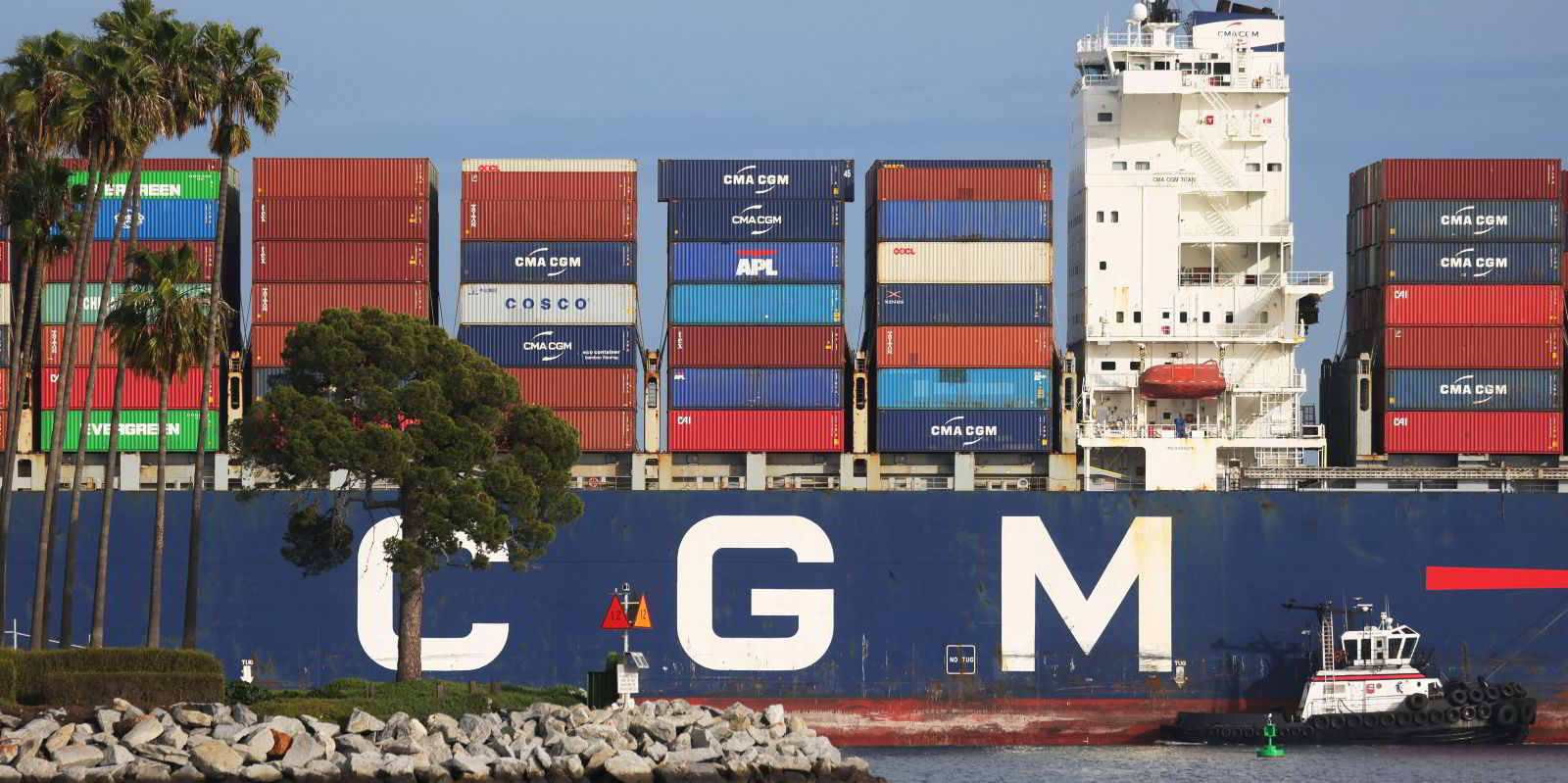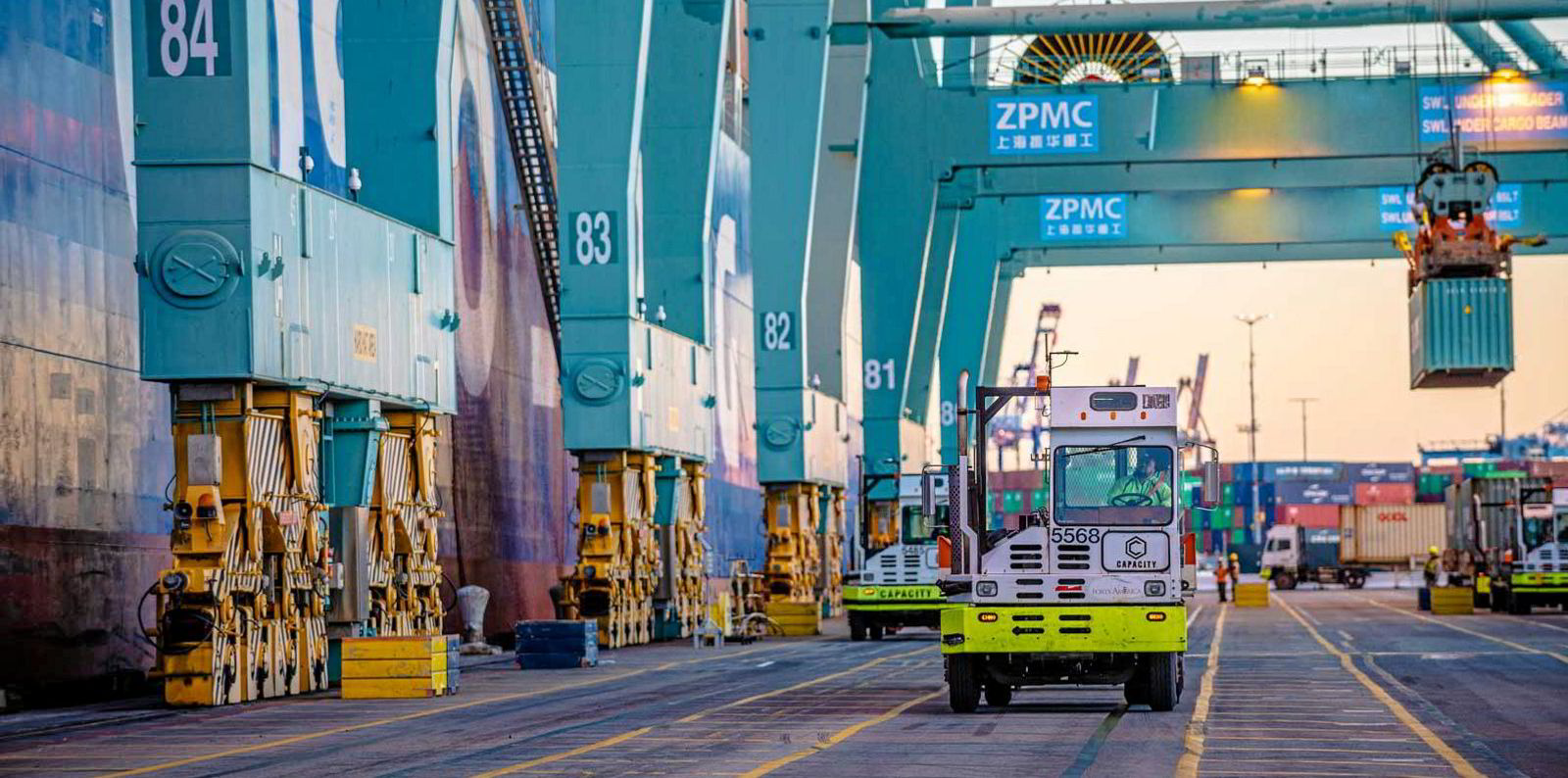Container freight rates out of Asia remain at historic highs despite the onset of Chinese New Year.
Rates from China to the US West Coast have held steady at $4,440 per 40-foot equivalent unit (feu), which is 194% higher than the same time last year.
Those on the all-important trade from China to north Europe rose by $494 on 11 February to $8,455 per feu, according to the Freightos Baltic Index (FBX).
AP Moller-Maersk chief executive Soren Skou said ships carrying spot cargoes were full and were expected to remain so past Chinese New Year.
“What is quite extraordinary this year is that Chinese government and many companies in China are encouraging and incentivising suppliers to stay at work rather than take a week off,” he told an earnings call. “We expect this to run for the better part of the first quarter.”
Slowing demand
Slowing demand on the trades from Asia to Europe helped keep rates more or less level for the past month, after spiking 265% from the end of October to mid-January, according to Freightos analyst Judah Levine.
But Levine added that there are no such signs of easing demand on the transpacific, where sustained volumes and port congestion have factory-to-door delivery times reaching nine weeks compared to a more typical four to five.
“While post-Chinese New Year February is normally the slowest month of the year, reports that many manufacturers in China will stay open over the holiday to keep up with demand suggests that the surge could persist through February and even beyond,” Levine said.
There are reports that the US Federal Maritime Commission is encouraging carriers to use US West Coast ports other than Long Beach to help ease the pressure there. In an email to TradeWinds, however, the commission denied that it is routing containers to any specific ports in southern California.
While spot rates are deemed to have plateaued, container lines are reaping the rewards of stronger rates in the contract market.
These are expected to follow the path of the spot market, albeit with a time-lag of about three weeks, according to Alan Murphy, chief executive of Danish analyst Sea-Intelligence.
That suggests that long-term rates will flatten for cargoes from Asia to the Mediterranean, and decline slightly for north Europe.

On the transpacific trade, contract rates may have overshot the mark and are around 15% higher than what may be expected.
However, there is evidence of a more permanent shift upwards in the value of long-term container rates.
Out of kilter
Observers note that the booming freight markets are out of kilter with the world's economy, which remains in recession.
The consequences could be felt in the second quarter of the year, with weak economic fundamentals, high unemployment and ongoing uncertainties over how the Covid-19 pandemic will impact consumer spending.
“With this in mind, we expect container transport to normalise and the exponential growth seen towards the end of 2020 is likely to dissipate by the middle of 2021,” Braemar ACM Shipbroking said a quarterly review.






